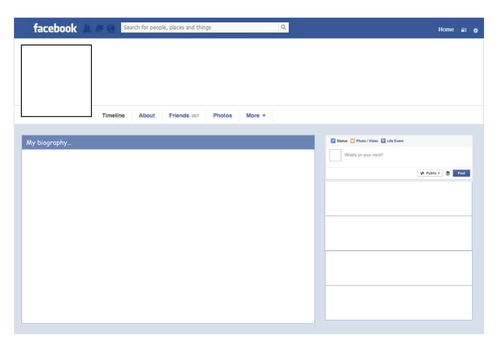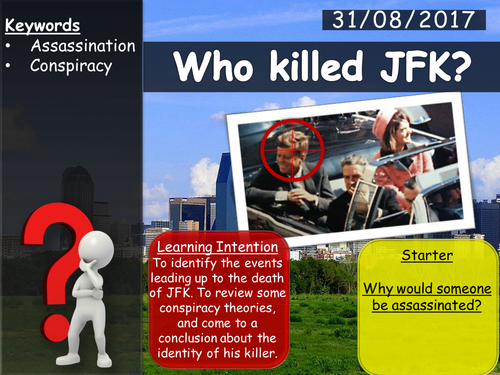Mr Dyer's History Shop
I've been a Secondary School teacher since 2013 and since discovering a passion for designing and creating engaging lessons that students genuinely appreciate, I couldn't imagine myself doing anything else. To date (Aug 2017) I've had over 35,000 people download my work that I have previously uploaded to TES and I've never received lower than 4 stars for my work in my feedback.




















